

Damion Smy
Boxy new KGM Musso unveiled to take on HiLux and Ranger ahead of Australian launch
6 Hours Ago
The Toyota Yaris is small on the outside, but packs a big price tag in range-topping ZR Hybrid guise.
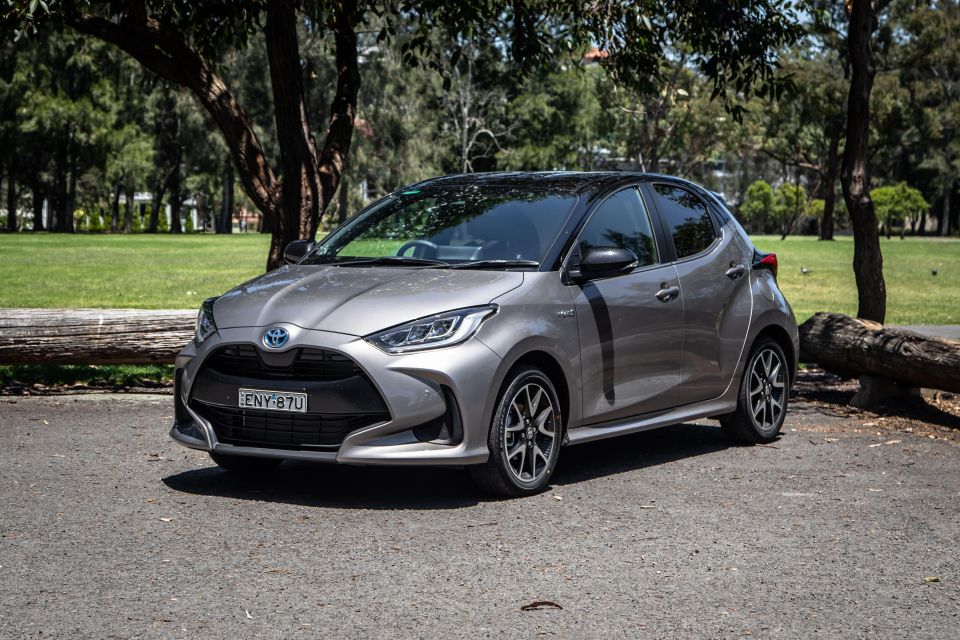
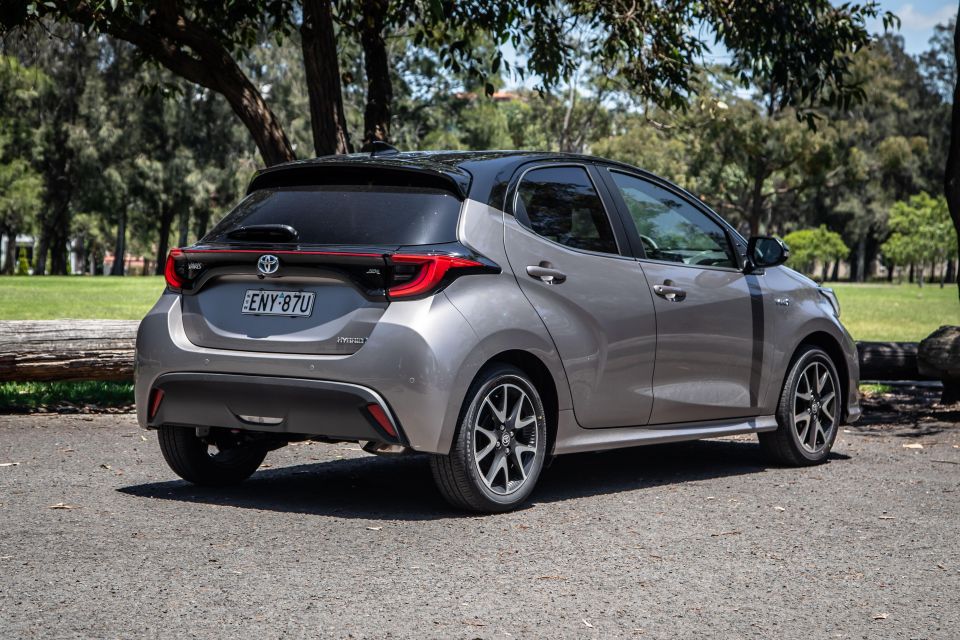

Contributor

Contributor


Contributor

Contributor
Where expert car reviews meet expert car buying – CarExpert gives you trusted advice, personalised service and real savings on your next new car.
Cheap and cheerful? Not quite. At more than $30,000 before on-roads, the Toyota Yaris is not a car for your first Macca’s run anymore.
With an overhauled look, a steeper sticker price, and a hybrid option in Australia for the first time, the new Yaris is a very different car to its predecessor.
And, with a price north of $32,000 before on-road costs, the Yaris is knocking on the door of its Corolla stablemate price-wise, along with premium city cars from Mini and Audi.
Should you spend that much money on a city car with a Toyota badge on its nose?
Given the Toyota Yaris has been known as an inexpensive first car, hearing the ZR Hybrid comes with a price of $32,200 before on-road costs might be a shock.
The obvious comparisons based on size are top-spec city cars such as the Mazda 2 G20 GT ($26,190), Kia Rio GT-Line ($25,990), Volkswagen Polo GTI ($32,890), and Ford Fiesta ST ($32,290).
The price point knocks the Yaris into a whole new category, too.

If you have premium tastes, the Yaris almost lines up against the Mini Cooper Classic 3-Door Hatch ($35,150) and the base Audi A1 30 TFSI ($33,200).
It’s also worth mentioning the Toyota Corolla Hybrid – which is a bigger car with a more powerful drivetrain – is priced at $34,695 before on-roads for the top-spec ZR Hybrid.
It’s also worth noting the hybrid carries a premium over the petrol Yaris. If that isn’t what you’re looking for, the ZR is also available with a three-cylinder petrol engine from $30,100 plus on-road costs.
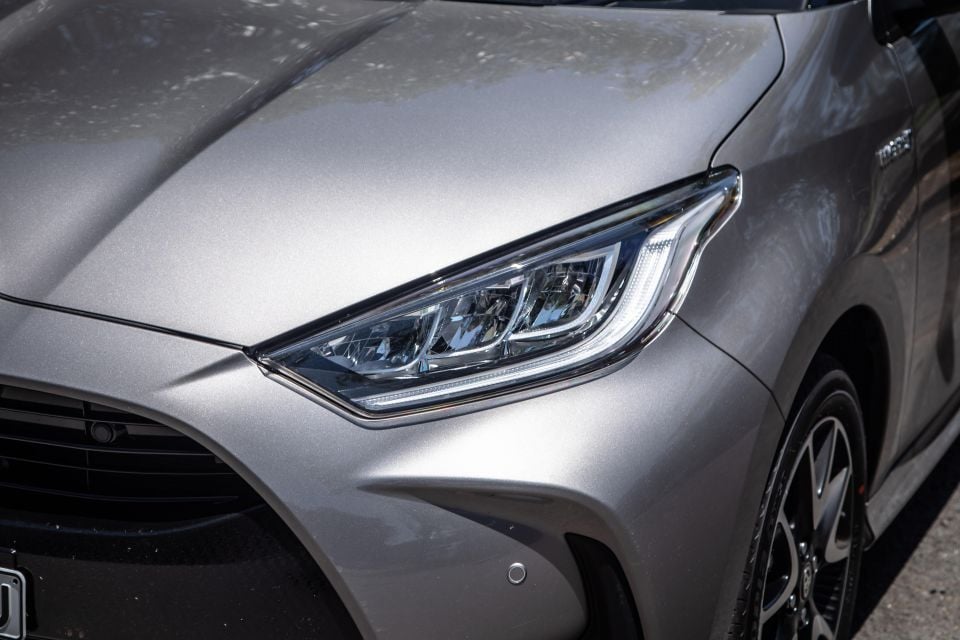
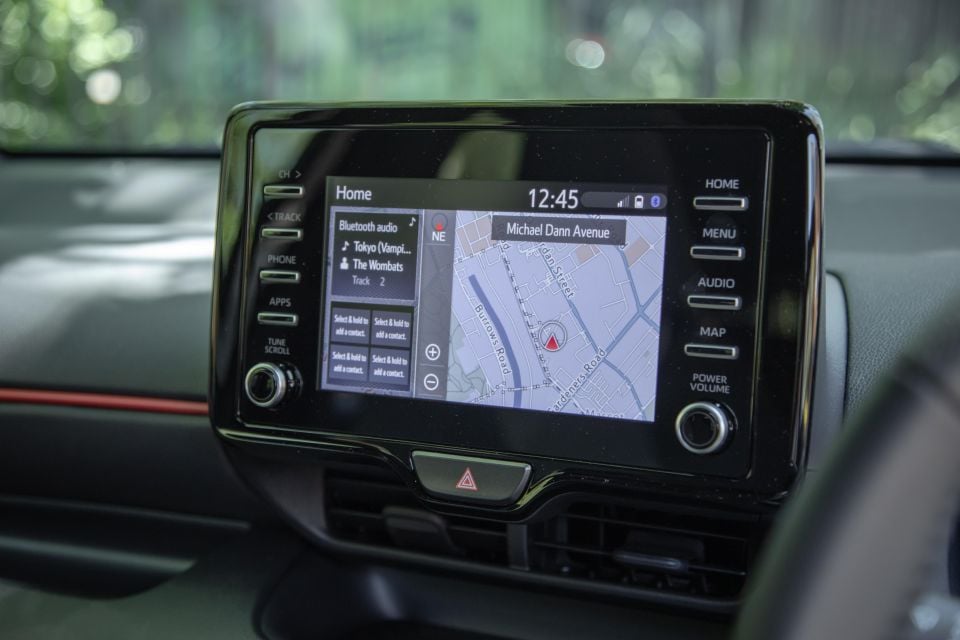
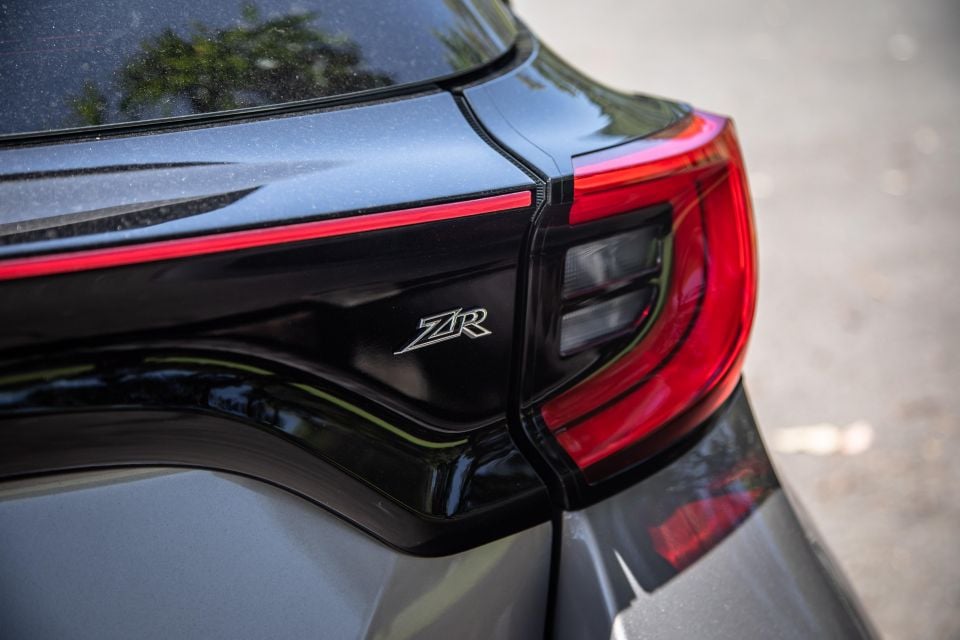
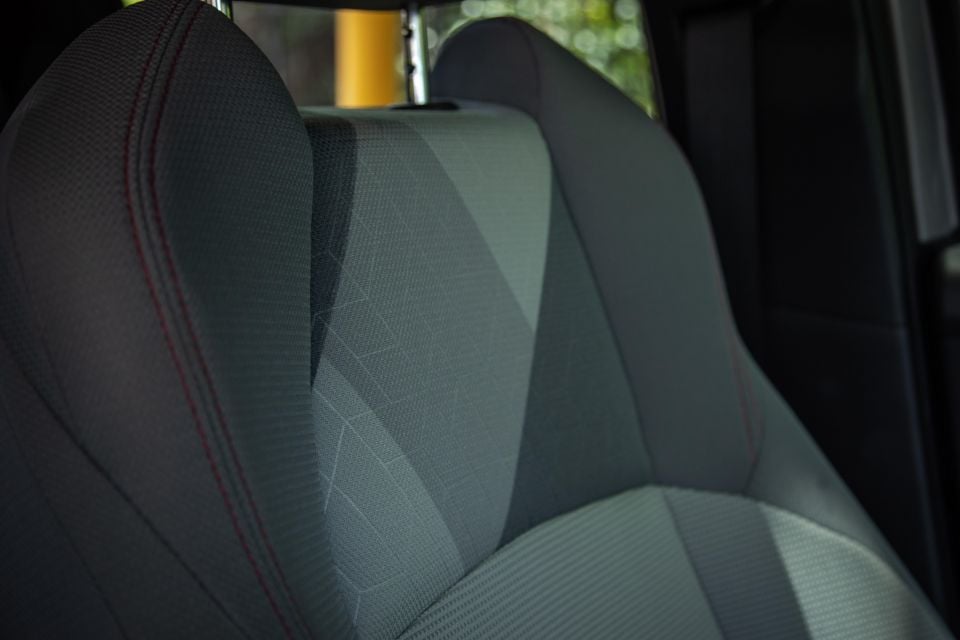
Buy your new car without the stress. It's fast, simple and completely free.

Great service from Travis and team, second time I have used this business would not hesitate to recommend them to anyone
Craig C.
Purchased a Ford Ranger in Sunshine Coast, QLD
CarExpert helped Craig save thousands on his Ford Ranger, now let us save you on your next new car.
Find a dealToyota Yaris ZR highlights:
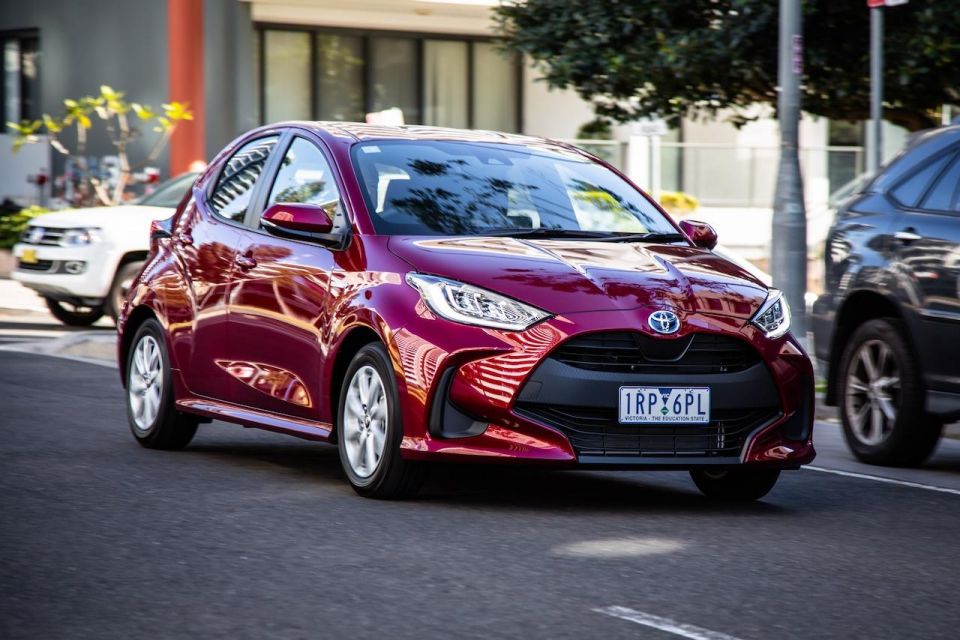
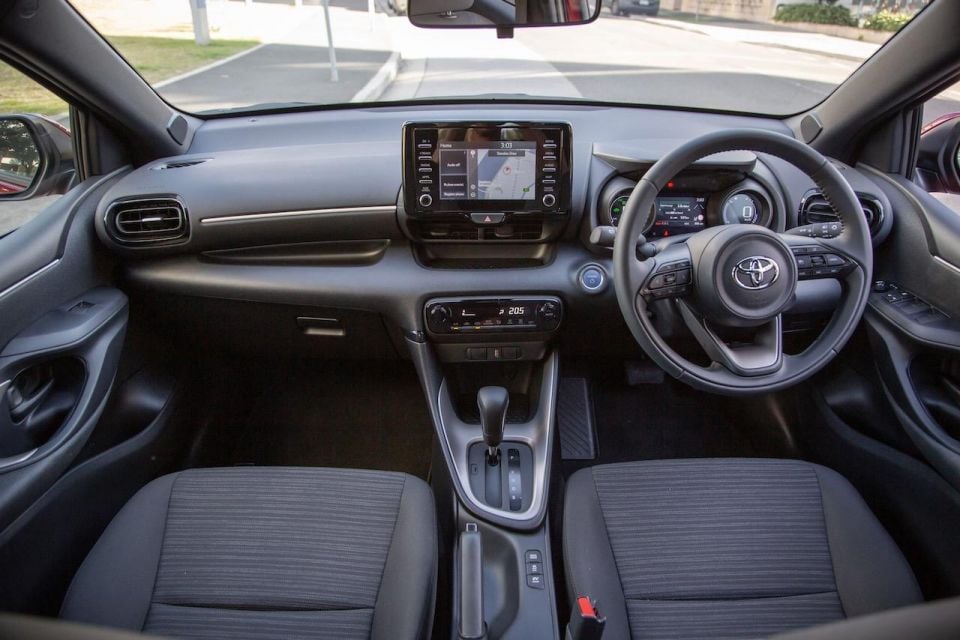
That’s on top of the spec of the Yaris SX, which features:

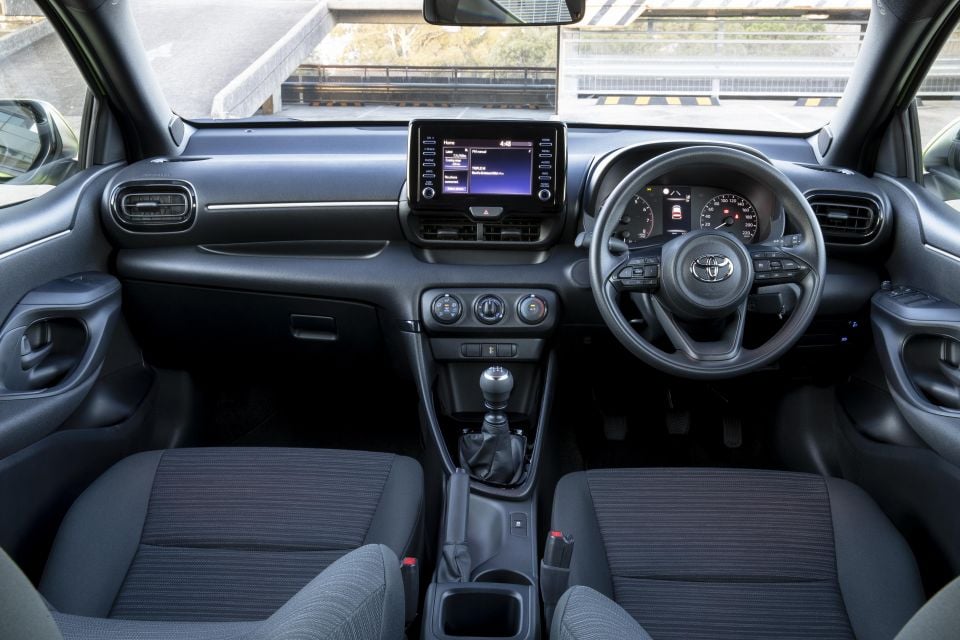
Meanwhile, the base Yaris Ascent Sport gets:
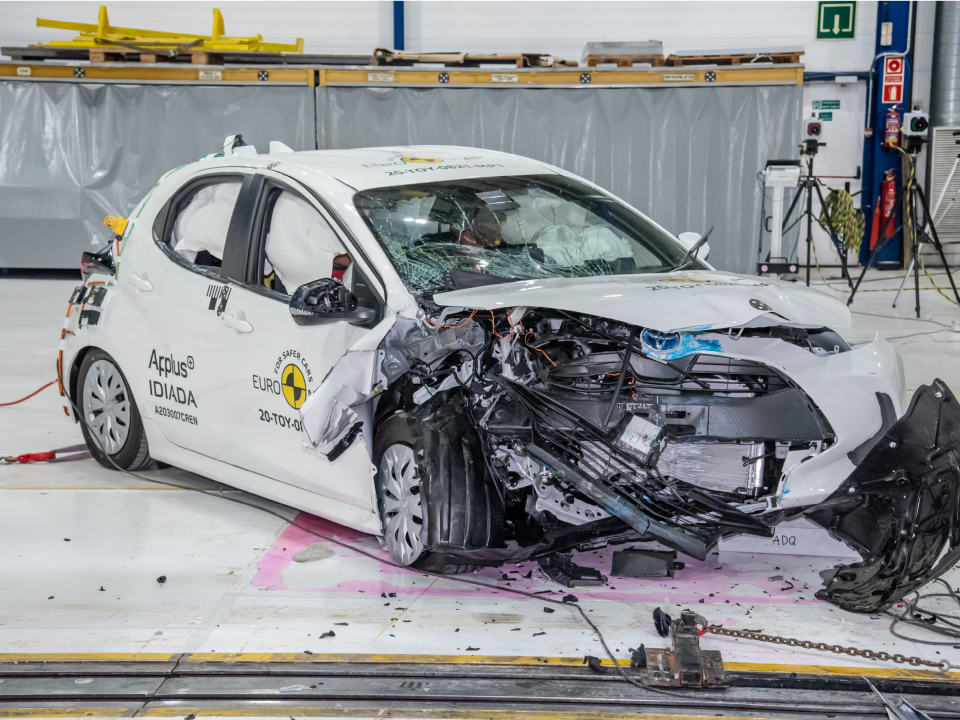
The Toyota Yaris was tested by ANCAP and scored a five-star safety rating in 2020.
The adult occupancy protection score is 86 per cent, a child occupant protection score is 87 per cent, vulnerable road user protection score is 78 per cent and a safety assist score is 87 per cent.
All Yaris models come standard with the following safety equipment:
ZR models add blind-spot monitoring and rear cross-traffic alert.
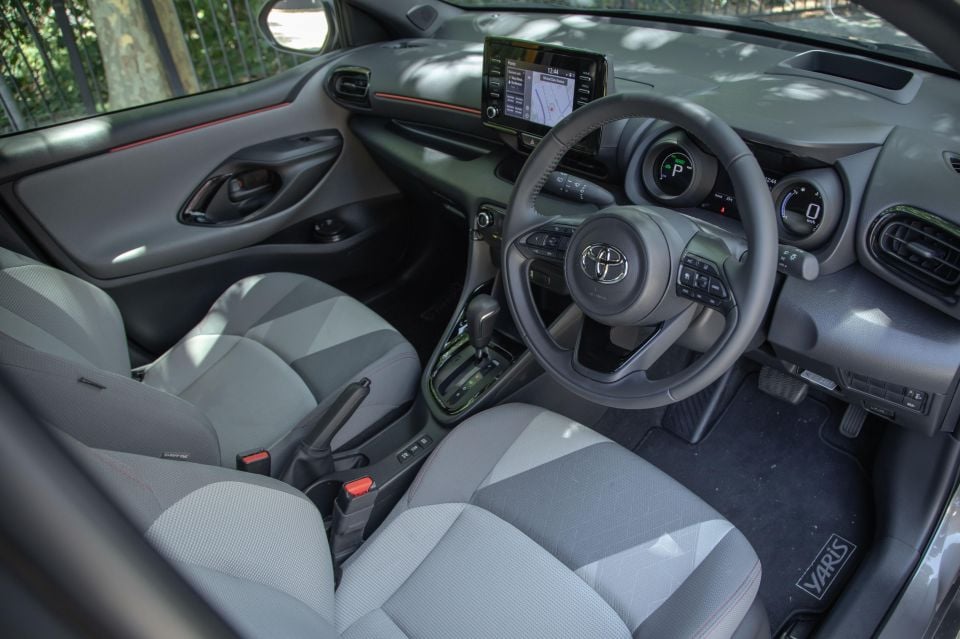
My initial thoughts of the Yaris were mixed. Stepping into the mind of a young single person living in the city, I loved how fun and quirky it all was. It’s simple but effective with the round speedometer and very prominent screen.
However, the other side of my brain being a mother wanted to shut the door straight away. The light cloth seats alone are enough to give any mum a heart attack, and the overwhelming lack of space is another negative trait.
The 7.0-inch screen smacked in the middle of the dash makes feels like a bit of an afterthought. Initially looking at the it I felt excited because it looked big, but a lot of the screen unit is actually its piano black surround (don’t get me started on the fingerprint magnet that design choice is).

Having hard buttons is nice, but it feels like Toyota hasn’t taken the cleanest or neatest approach to designing the display.
Functionality, however, is good. It’s easy to connect your phone to Bluetooth, and even easier to connect to Apple CarPlay and Android Auto. The inbuilt maps are a little dated but do the job, and Toyota projects the directions very simply onto the instrument cluster.
The head-up display is also a nice touch and a great safety feature to keep your eyes on the road. It displays navigation directions and the signed speed limit, too.
Like I mentioned before, the seats don’t really hit the funky style Toyota has chased, unless you think grandpa chic is in. They are comfortable and do the job just fine, though. The design of the cockpit is fairly Toyota standard, although there are some extra flourishes such as the scalloped door pulls.
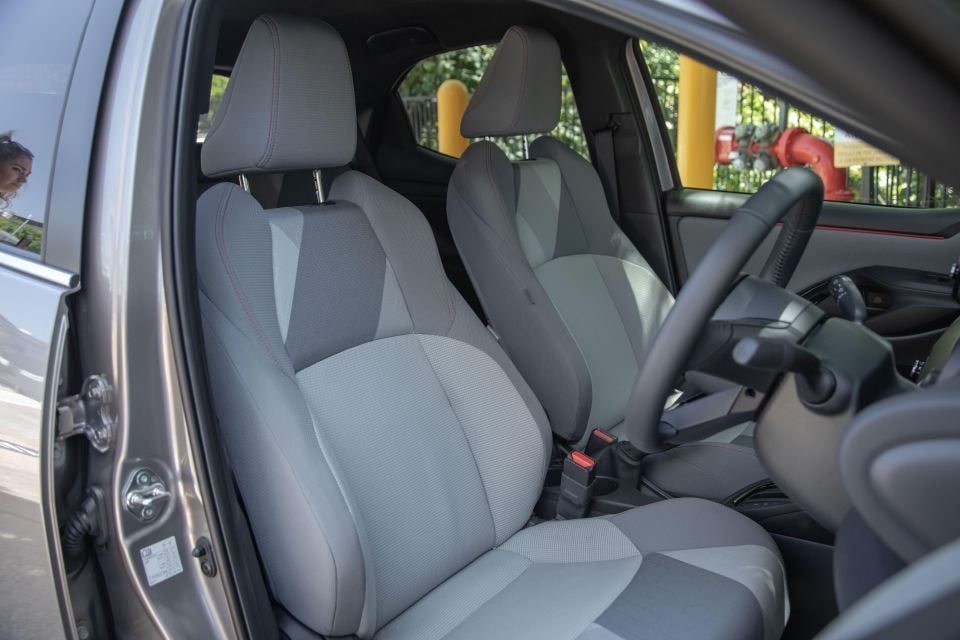
The materials used are soft and the touch points are nice. Toyota has done a good job adding a bit of colour with the red pinstripes.
Functionality was lacking for me with no centre console, but storage does come in the form of a tray under the dash large enough for your phone, another deeper cubby in front of the shifter, two cupholders, and an additional cubby where the centre console should be.
The cupholder is a long way back, putting tall cups at risk of being elbowed on the move. Given the price, a proper centre console really should be included.
Moving into the rear seats, there’s almost no room. If you have the front seats forward you can have rear passengers for short journeys, but there isn’t much space and the rear backrest is quite upright.
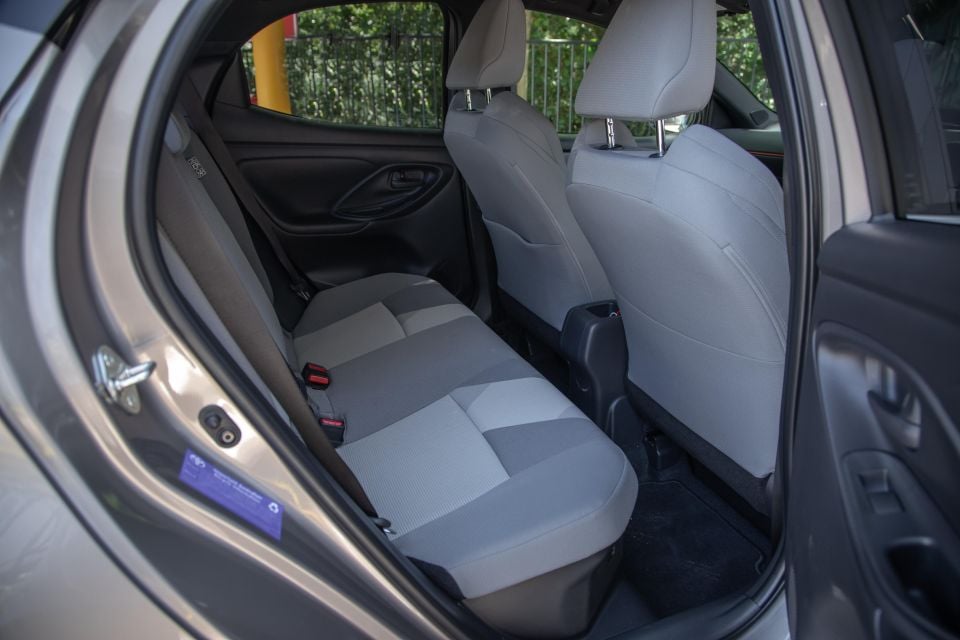
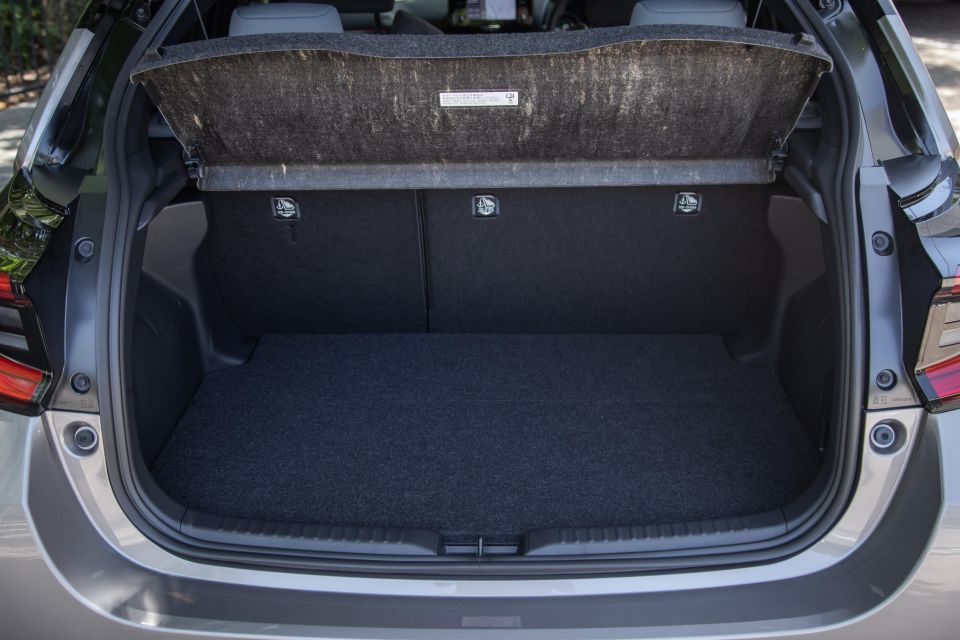
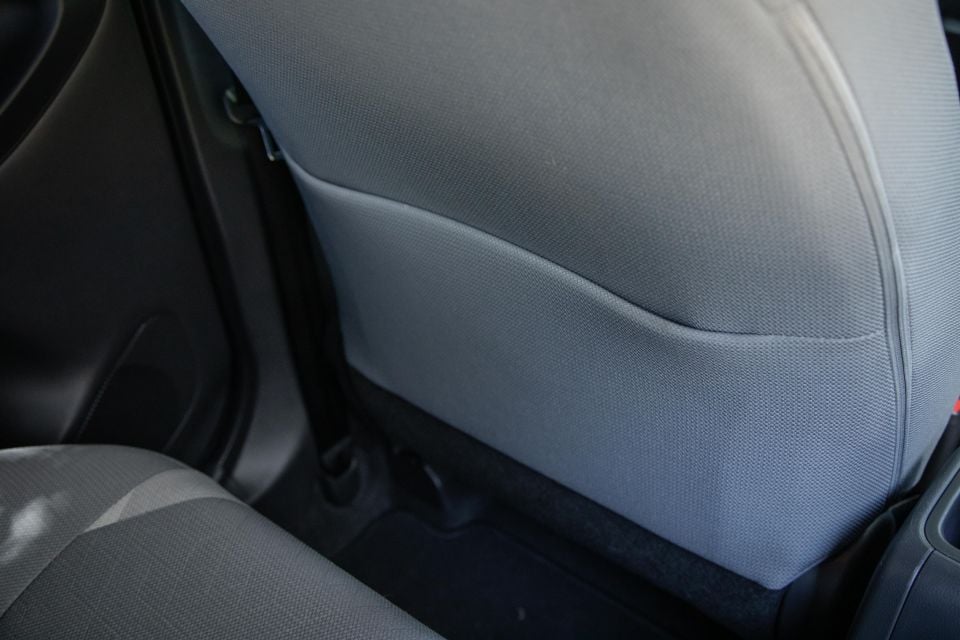
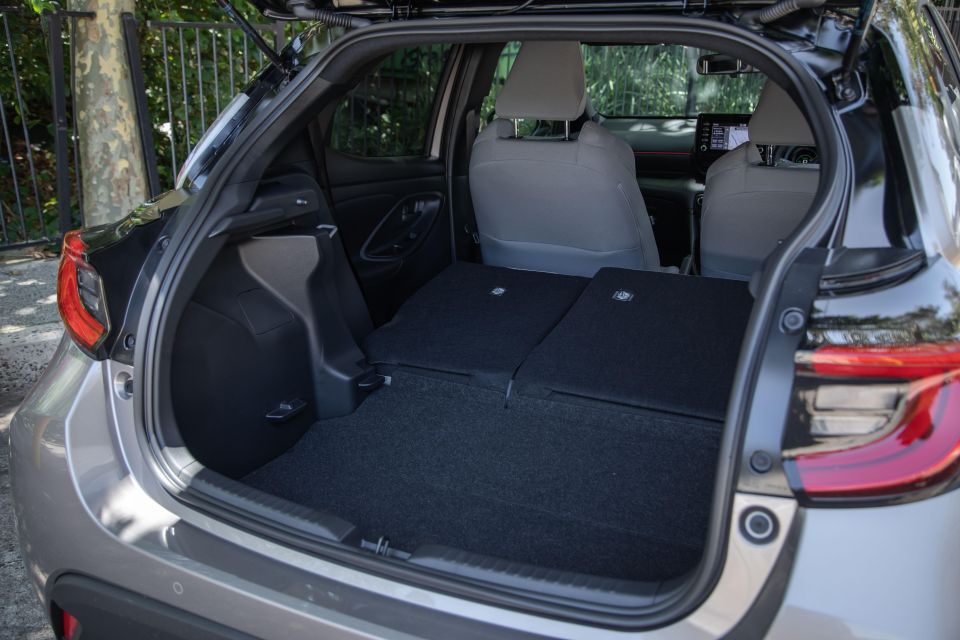
It was a struggle to fit a rear-facing car seat, so much so the front seat had to be pushed all the way forward and on a lean. A front-facing car seat fits, but it’s uncomfortable for the front passenger – knees jammed against the dash kind of vibe.
Moving into the boot there is a claimed luggage capacity of 270 litres, which is more than Corolla models with a spare wheel, but less than most of its rivals.
Fitting a full pram in that space is out of the question. However, it does have a false floor, so it can be dropped to fit a stroller and a few groceries. Under the boot floor is a temporary space-saver spare wheel.

The Yaris ZR Hybrid on test combines a 1.5-litre petrol three-cylinder engine making 67kW of power and 120Nm of torque with a 58kW/141Nm electric motor for a maximum combined power output of 85kW.
Drive is sent to the front wheels via the continuously-variable transmission (CVT). Unlike petrol models, the CVT in the hybrid doesn’t have a proper launch gear because it uses the electric motor to fulfil the same role.
The Yaris Hybrid has a claimed fuel rating of 3.3L/100km, making it one of the most efficient mainstream vehicles on the market.
I managed an indicated 3.8 litres per 100km with a mixture of inner city driving, freeways, and urban driving. The Yaris will happily run on 91 RON unleaded or E10 to keep costs down.

The latest Yaris is well ahead of older models, which were noticeably cheaper, noisier, and slower. The new Yaris has more life about it, but it’s nothing to get too excited about. It’s just more refined, which was required to justify that price tag.
The hybrid is very suited for city traffic, favouring the electric motor and only engaging the petrol engine when on an incline or needing extra power. On test I found there was a slight lag from putting my foot down to anything happening, which felt like the hybrid system taking a second to work out which power source is required.
When the three-cylinder engine does kick in, especially at high speeds on freeways, the whine from the engine is uninspiring. I was almost trying to get the electric motor to take back over just to stop the noise.
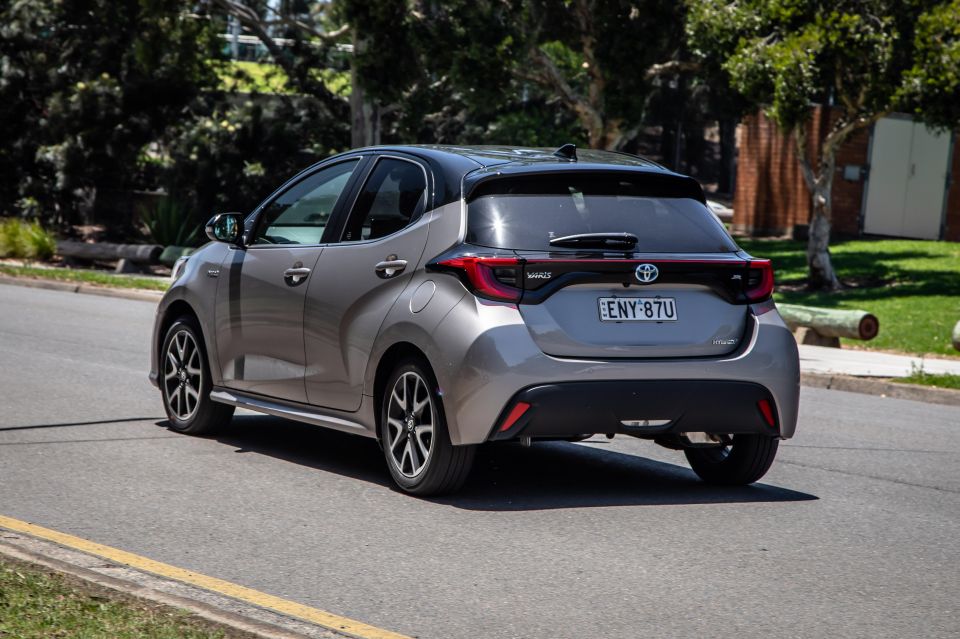
The Yaris is a great car for inner-city driving, but dropping over $30,000 on a car I would want to be able to take it anywhere, and the Yaris doesn’t feel particularly at home on the highway.
The Yaris handles well, given its skimpy kerb weight. The steering is rather light which is expected, given it’s not a sports car. The taller body translates a little more roll in corners than in the Kia Rio, but that’s acceptable in a comfort-oriented city car.
Given the size of the Yaris, it makes parking especially in the city where I wasn’t spoiled with choice. It gives you the confidence to squeeze into a smaller space you’d usually have to ignore.
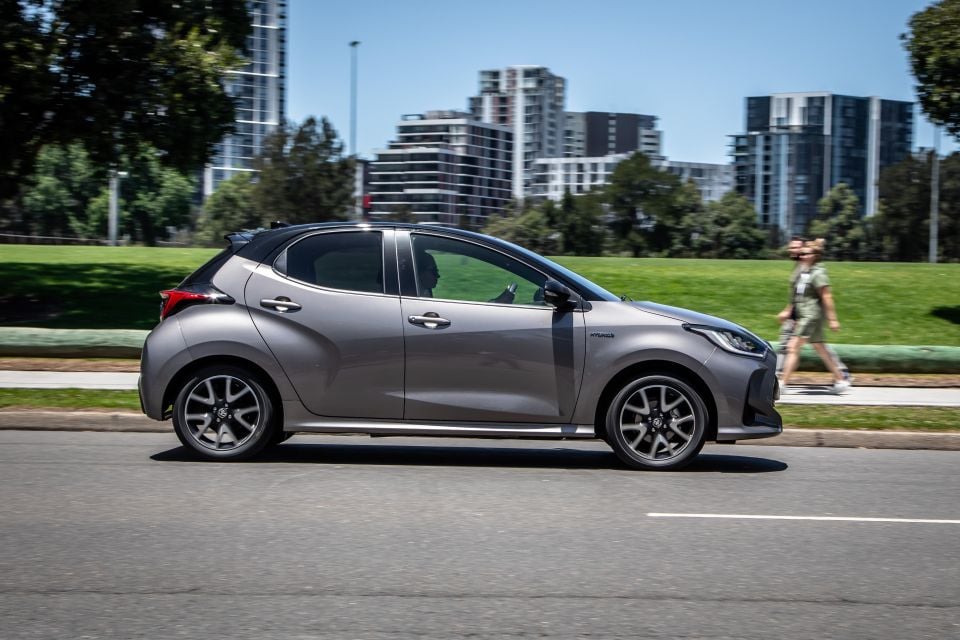
Where expert car reviews meet expert car buying – CarExpert gives you trusted advice, personalised service and real savings on your next new car.
Overall ride was adequate. I could feel and hear a lot of road and tyre noise and imperfections, but it settles fast and coasts very well on its torsion beam rear suspension.
The safety features are helpful. It’s a small car and visibility isn’t the best. Having blind-spot monitoring, lane centring and a rear-view camera with dynamic lines with an adequate display quality, is helpful.
The lane assist can be a little overwhelming, especially when cruise control is on. It can be rather forceful but does the job fine.
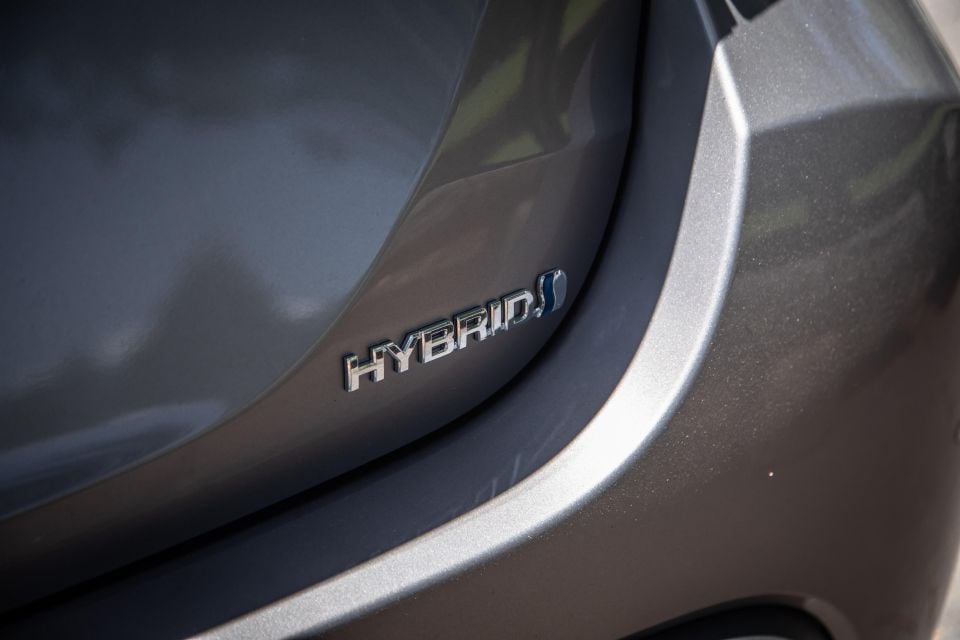
Toyota backs its range with a five-year, unlimited-kilometre warranty, extended to seven years on the powertrain if you service within the dealer network.
Servicing required every 12 months or 15,000km, whichever comes first. The first four services are capped at $195 each, which is $780 for a four-year period.
Overall, the Yaris has kept to the low cost of maintenance promise.

Overall the Yaris ZR Hybrid hits the mark on what I expected from how it would drive and feel from behind the wheel.
It’s hard to see how the price has been justified, though. The Yaris doesn’t quite have the standout interior we’d expect at north of $30,000, and it’s hard to ignore the Corolla looming just above it in the range given the extra power and space on offer.
If size doesn’t matter (or smaller is better), and you just want a car that’s cheap to run and service after the initial cost, the parsimonious Yaris is worth a look.
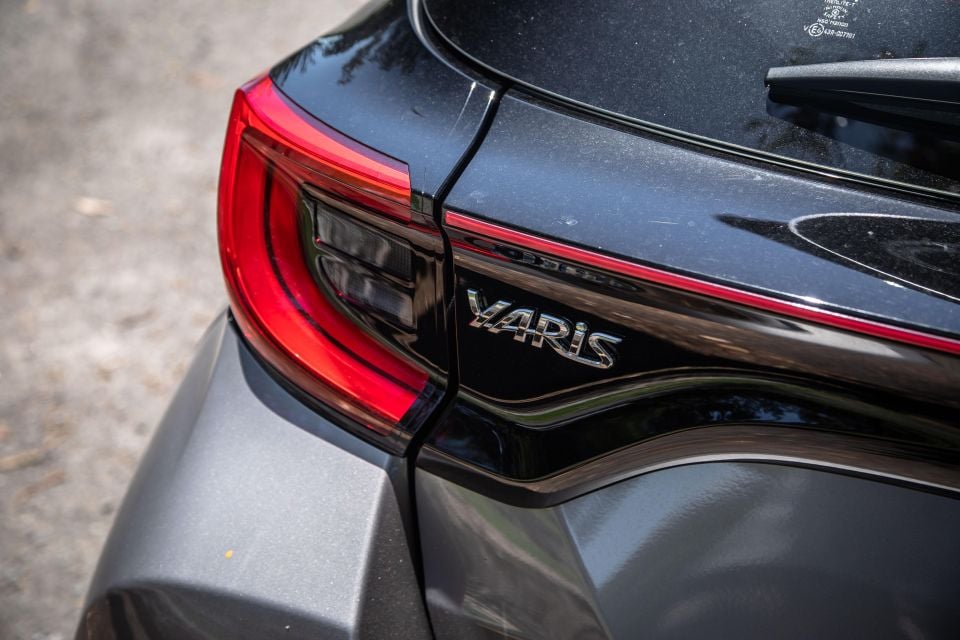
Click the images for the full gallery
MORE: Everything Toyota Yaris
Where expert car reviews meet expert car buying – CarExpert gives you trusted advice, personalised service and real savings on your next new car.


Damion Smy
6 Hours Ago


Damion Smy
7 Hours Ago


Damion Smy
9 Hours Ago


Damion Smy
10 Hours Ago


Damion Smy
12 Hours Ago


Damion Smy
13 Hours Ago